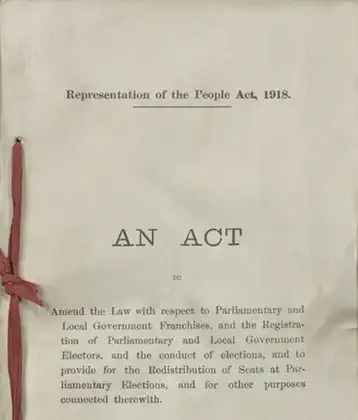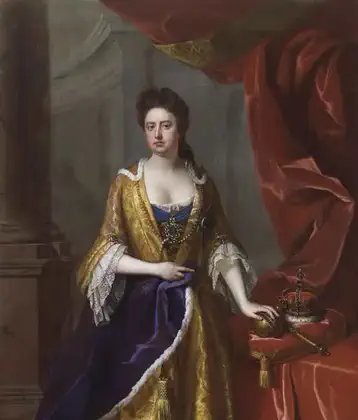On February 6 1685 in Celtic History
King charles ii, the merry monarch died

King Charles II of England, also known as Charles II of Scotland, reigned from 1660 to 1685. He was the eldest surviving son of King Charles I and was born on May 29, 1630. His reign followed the tumultuous period of the English Civil War and the Interregnum, during which England was ruled by Oliver Cromwell as Lord Protector.
Key points and events during Charles II’s reign include:
The Restoration
Charles II’s reign began with the Restoration of the monarchy in 1660. This marked the return of the Stuart dynasty to the English throne after the Interregnum and the execution of his father, Charles I, in 1649.
The Declaration of Breda
Before returning to England, Charles II issued the Declaration of Breda, which outlined his terms for becoming king. It included promises of religious tolerance and a general amnesty for those who had supported the Parliamentarian cause during the Civil War.
The Clarendon Code
During his reign, Charles II worked with his chief minister, Edward Hyde (later Earl of Clarendon), to pass a series of laws known as the Clarendon Code. These laws aimed to restore the Church of England as the dominant religious institution and restrict the rights of dissenters, particularly nonconformist Protestants.
The Great Fire of London
In 1666, a devastating fire swept through London, destroying much of the city. Charles II played a role in organizing relief efforts and the rebuilding of the city.
The Anglo-Dutch Wars
Charles II’s reign saw conflicts with the Dutch Republic, leading to three Anglo-Dutch Wars (1652-1654, 1665-1667, and 1672-1674). These wars were primarily fought over economic and colonial interests.
The Popish Plot
In 1678, a fabricated conspiracy known as the Popish Plot emerged, alleging a Catholic plot to assassinate the king and overthrow the Protestant government. The hysteria surrounding the plot led to the execution of innocent Catholics and increased anti-Catholic sentiment.
The Exclusion Crisis
Toward the end of Charles II’s reign, the Exclusion Crisis unfolded. It involved political debates over the succession to the throne, with some Whigs advocating for the exclusion of James, Duke of York (Charles’s Catholic brother), from the line of succession due to his religion. These debates ultimately contributed to the development of political parties in England.
Charles II’s Death and Succession
Charles II died on February 6, 1685. He was succeeded by his Catholic brother, James II, which further exacerbated the tensions over religion and monarchy.
Charles II is often remembered for his efforts to promote religious tolerance and for his role in restoring stability to England after the upheavals of the Civil War and Interregnum, even though his reign had its share of political controversies and conflicts.





